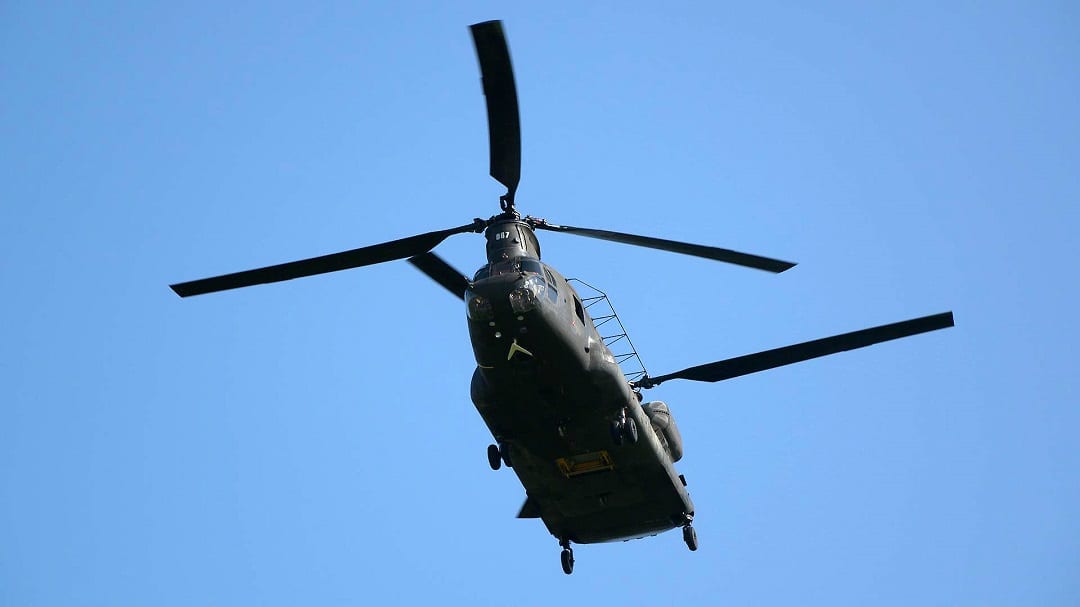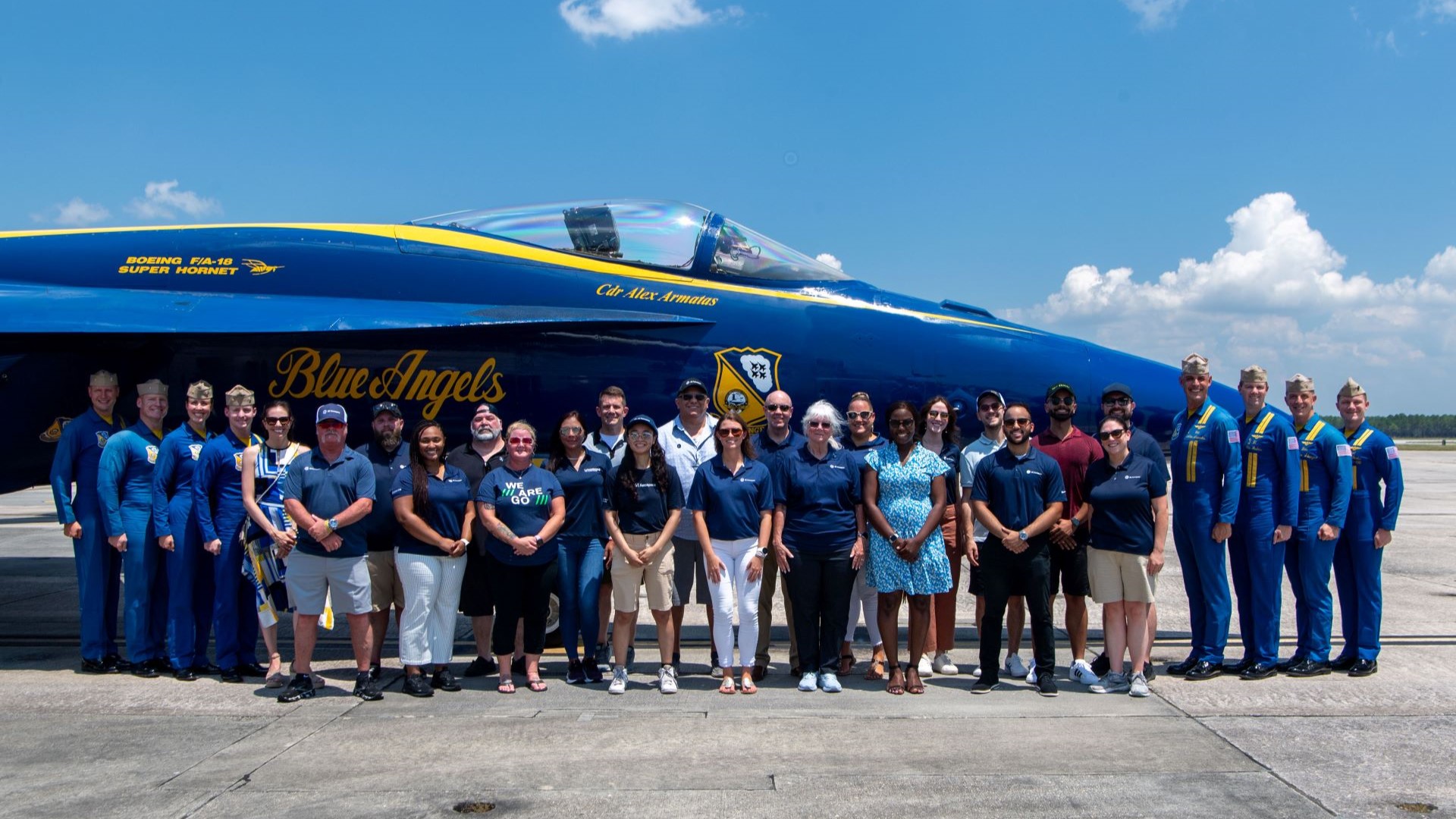Every Time Alex DaRosa Straps into the Cockpit, He’s Living GE Aerospace’s Purpose
January 24, 2023 | by Jay Stowe
About five years ago, Alex DaRosa was watching a colleague deliver a presentation to the Pilot Advocacy Group at GE Aerospace when he had one of those life-altering “aha” moments. The speaker was Walt Moeller, who works in flight operations, writing engine manuals for pilots. But for many years, Moeller’s main job was flying commercial passenger jets. “He basically came in and talked about his time being a captain for Comair and how that was his favorite job of his entire life,” DaRosa recalls.
Most of DaRosa’s fellow GE-ers in the audience that day were civilian pilots who yearned to fly jets but didn’t have the experience needed. And yet here he was, a former pilot in the U.S. Navy and Air Force with 6,000 hours of military flying time under his belt, working as a systems engineer for advanced military systems.
“I had this epiphany,” DaRosa says. “Why am I trying to pretend like I’m an engineer when so many people would love to fly professionally, and I’ve got the experience to do that? I might be missing out. I should take this opportunity and get closer to the airplane.”
To be fair, DaRosa wasn’t pretending. He’d graduated from college with an engineering degree and, after serving in the military, joined GE Aerospace in 2013. Since then, he’d worked on the test engine program for the CFM LEAP-1A/1C*, served as an advanced technology lead on the Presidential Aircraft Recapitalization program for Air Force One, and led a team using CMCs and other advanced materials to design new exhaust systems for special military applications. But he was ready to get back into the cockpit.
 DaRosa and family in front of a GE90 engine.
DaRosa and family in front of a GE90 engine.
Since 2017, DaRosa has served as assistant chief pilot for GE Aerospace’s corporate flight department, supporting a team of seven pilots and flight operations for the company’s two HondaJets. DaRosa, whose call sign in the military was “Pon” (as in Ponderosa), flies two to four times a week out of Lunken Airport in Cincinnati. Naturally, many of his passengers are execs and VPs, but he’s particularly proud that he regularly shuttles supply chain teams to and from plants and suppliers, which saves them time and the company money.
Case in point: Instead of taking two days and a night to visit a GE plant in, say, Laurel, Mississippi, DaRosa can fly a group there in one day and get them home in time for dinner. “I think we really improve the quality of life of the supply chain people,” he says. After flying a team to Muskegon last year, he was told “the amount of cost savings they found in that one meeting would pay for the HondaJet program for the entire year. Just being able to do that kind of cost aid and get people out there to the plant or the supplier can make a real big difference.”
HondaJets are powered by GE Honda HF120 engines, a 50-50 joint venture, which puts DaRosa in a unique position: His engineering background gives him a deeper understanding of how the engine works. That experience serves as “a bridge to the HF120 systems product team,” he says, allowing him to provide input and feedback on service bulletins.
As flights have picked up in the wake of the pandemic, DaRosa has continued to marvel at the engine’s performance. “I actually fly a GE engine,” he says. “And I’m grateful to the design team who built and designed such a great engine. I don’t worry about it. I know that the engine is going to be there for me, if and when I need it.”
“I literally lift people up and bring them home safely,” he adds, “which puts a little bit of a different take on the mission statement.”
*CFM LEAP is a product of CFM International, a 50/50 joint venture between GE and Safran Aircraft Engines.





